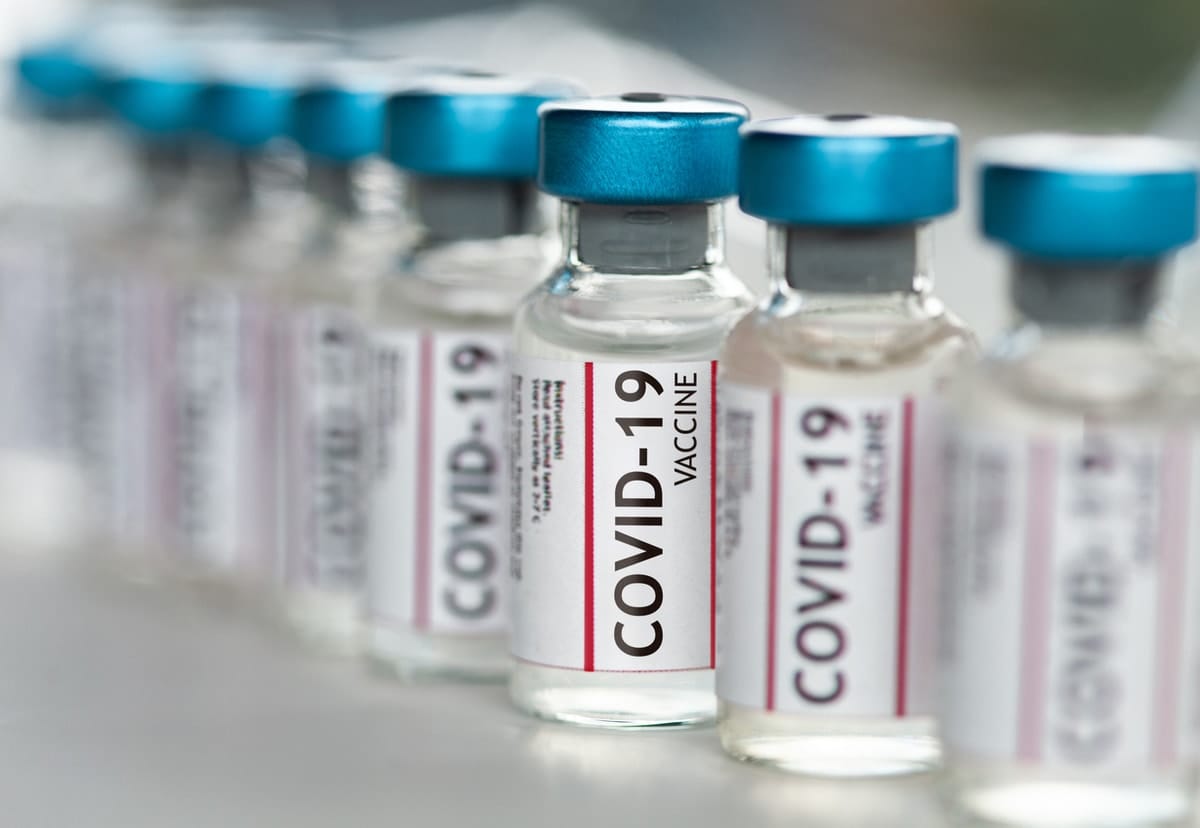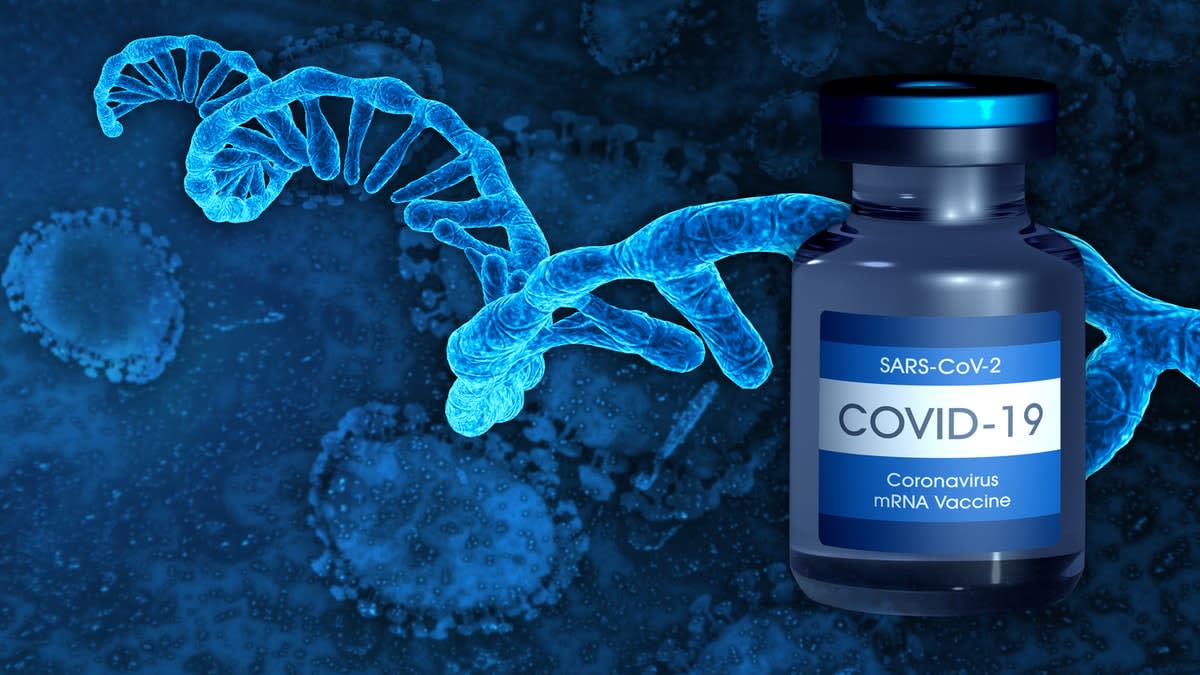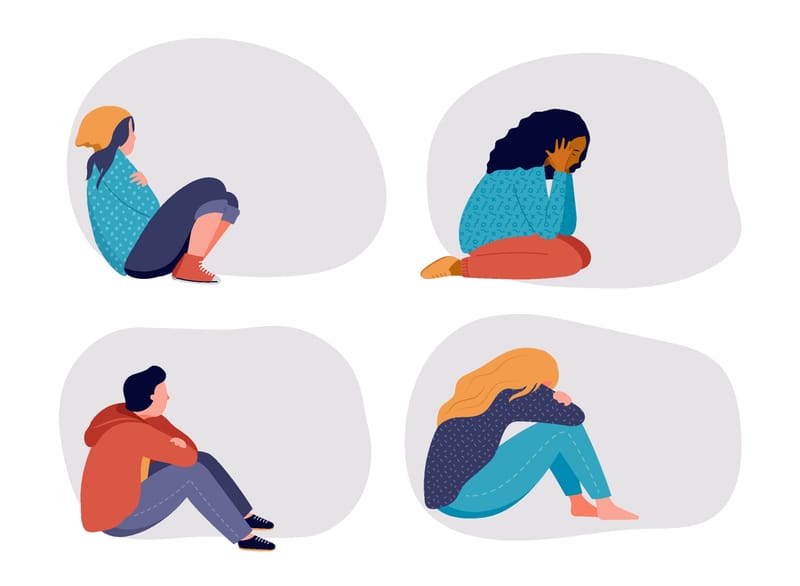
How many vaccines are there?
There are two currently in Australia, but others are available internationally, and potentially eventually here.
The COVID-19 vaccines currently approved by the Australian medicine regulator (the Therapeutic Goods Administration) are the Pfizer/BioNTech vaccine (Tozinameran) and the AstraZeneca vaccine (AZD1222). They’re both derived from new technologies that are well-suited for responding to emerging epidemics.
How do they work?
The Pfizer/BioNTech vaccine is a messenger RNA (mRNA) vaccine. Every cell in our bodies produces their mRNA naturally. Its purpose is to deliver instructions for our cells to create a diverse range of proteins necessary for everyday function and survival.
The Pfizer/BioNTech mRNA vaccine is produced synthetically and is delivered into our cells using a tiny fatty coat (a lipid nanoparticle) to protect and deliver the RNA.
The AstraZeneca vaccine uses DNA as an instruction instead of mRNA. The DNA is coated in a harmless common-cold virus from the chimpanzee (Chimpanzee Adenovirus Oxford, or ChAdOx) to deliver the DNA into our cells.
Both vaccines carry the instructions to make an antigen called the spike protein. Antigens make antibodies in the immune system. In a virus, this protein helps it enter our cells. In vaccines, it’s produced without any other viral parts.
Once the instructions reach our cells and the antigen is made, then our immune system is trained to recognise the antigen, so when we’re exposed to the actual virus, our trained immune system stops the virus from infecting us.

Is one better than the other?
The most up-to-date data has shown Pfizer/BioNTech to be 90 to 95% effective, and AstraZeneca up to 79% effective in preventing symptomatic COVID-19. However, it’s important to remember that the efficacy studies were not identical in design, so making direct comparisons is difficult.
Both vaccines protect exceptionally well against severe infection and hospitalisation in the most prevalent variants of the virus found here in Australia (for example, the “G-variant” also known as D614G). It’s really important to note that the vaccines may not have the same effectiveness against new viral variants (such as the South Africa variant).
More research is needed to understand how vaccines prevent hospitalisation against new variants. For these reasons, our public health system must maintain close monitoring on those variants from all overseas arrivals until further research or an alternative vaccine is made.
Are they safe?
Yes. Both vaccines have excellent safety profiles, and most side effects are mild. Importantly, their benefit far outweighs any of the mild symptoms they cause. In very rare circumstances, the vaccines can cause an allergic reaction.
We have systems in place if any allergic reactions occur after administration.
Read more: From Baghdad to Melbourne: Dr Harry Al-Wassiti's remarkable journey
There has also been some discussions overseas about the potential for the AstraZeneca vaccine, in very rare cases, to cause blood clots. The data to support this suggestion is not strong, with reviews concluding that the benefits of the vaccine continue to outweigh the risks, and the vaccine is not associated with an increase in the overall risk of blood clots. For the most up to date information, visit the Therapeutic Goods Association website.
Why do I need to get jabbed twice?
For any new viruses, our immune system lacks the training needed to fight the virus. The first injection trains our immune system to develop the necessary immunity. The second shot boosts that immunity to generate protective antibodies at a level higher than the infection.
In addition, having those protective antibodies at a high level appears to protect us for a longer period of time.
How do I get vaccinated?
The current vaccination program is staged according to priority. People with the highest risk can receive the vaccine first. The stages of the vaccine rollout are here. Trained doctors, nurses or pharmacists perform vaccinations, so please contact your local GP or pharmacist when your stage is ready for rollout. The Age have mapped participating GPs.
Do I have to be vaccinated?
No, currently vaccination is not mandatory, though most people are expected to be vaccinated. There are some health-related exceptions for people with pre-existing conditions.
For example, those people may suffer from immune diseases that compromise their immune system. Please contact your local GP or pharmacist if you’re unsure.
A high percentage of community vaccination is needed to protect the population from outbreaks and viral spread. This is called herd immunity. And it’s our shared responsibility to take the safe vaccines to protect our communities and loved ones.
Why is this “herd immunity” so important?
Herd immunity – with lots of people vaccinated – will be vital to live with COVID-19. Herd immunity is the level of community immunity against a virus, by vaccination. It resembles a shield with the goal to stop community outbreaks.
Read more: COVID-19 vaccines, funding, spike proteins, and the work being done to block the deadly virus
Higher herd immunity means the community is better-protected from the spread of COVID-19. That means that even if a member of the community is infected with COVID-19, there would be no major outbreaks, as the community will shield itself against the spread.
Will there be another coronavirus pandemic, and will the vaccines still work?
Coronaviruses are common viruses that cause a range of diseases, from mild common cold to severe respiratory syndromes.
Novel or new coronaviruses have emerged in humans at least three times in the past 20 years. With constant pressures such as climate change and increased animal habitat destruction, coronaviruses and other viruses will likely emerge in the future.
The short-term challenge is to ensure that our current vaccines will work against emerging variants of COVID-19, or to produce a strain-specific vaccine.

Is the Australian rollout working efficiently?
It’s faced some setbacks and challenges, as the rollout of Pfizer/BioNTech vaccine has not caught up to the original timeline. But with the local production of the AstraZeneca vaccine by CSL and Seqirus currently at maximum capacity, it’s expected the rollout will be close to meeting the proposed finish date of October.
Many challenges remain ahead to meet the target, but locally-produced vaccines will certainly help.
Are the vaccines imported, or are we making them here?
Australian CSL-Seqirus manufacturing will produce the vast majority of our AstraZeneca shots. The majority of Australians will receive this vaccine. But the Pfizer/BioNTech (mRNA) vaccine is manufactured overseas and imported into Australia. Currently, Australia cannot manufacture mRNA onshore.
Will there be better vaccines in the future?
Yes. There’ll be new generations of vaccines that will improve on the current vaccines. We at Monash have an mRNA vaccine program at our Parkville campus, and others around the world are continuously developing new vaccine technologies.
In the context of COVID-19, new vaccines will be targeted towards new variants and mutants that are emerging.
Improvement in the technology, particularly mRNA vaccines, will likely produce vaccines with high effectiveness but lower doses and fewer injection side effects.
Vaccines to target mutant strains are already in development or trials, particularly against the South African and Brazilian variants.





